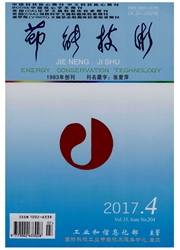

 中文摘要:
中文摘要:
随着能源危机以及现代城市空调的广泛应用,能源问题已经成为制约现代社会发展的重要问题。地下含水层储能为现代城市能源的短缺以及环境的保护提供了一个很好的解决途径,地下含水层储能不但可以节约有限的能源,也可以减少废气(如CO2、SO2)的排放,而且还可以避免城市热岛效应的发生,从而在很大程度上解决当今城市发展的能源与环境污染问题。介绍了地下水储能的基本原理、目前的应用情况以及含水层储能的初始条件、边界条件,在此基础上建立相关的数学模型,并对其进行了改进。
 英文摘要:
英文摘要:
Due to the energy crisis and the extensive application of modern city air-conditioning, the energy problem has become an important problem that impedes the development of modern society. The ATES (Aquifer Thermal Energy Storage) can offer a good solution for modern city energy shortage and the environmental protection problem. Using the ATES can save energy, reduce emissions such as CO2 and SO2, and avert heat-island effects at the same time.In this paper, the principle of the ATES and its applications at present were introduced, and the initial and boundary conditions for the ATES were discussed. On the basis of this, a relevant mathematical model was established and improved.
 同期刊论文项目
同期刊论文项目
 同项目期刊论文
同项目期刊论文
 期刊信息
期刊信息
